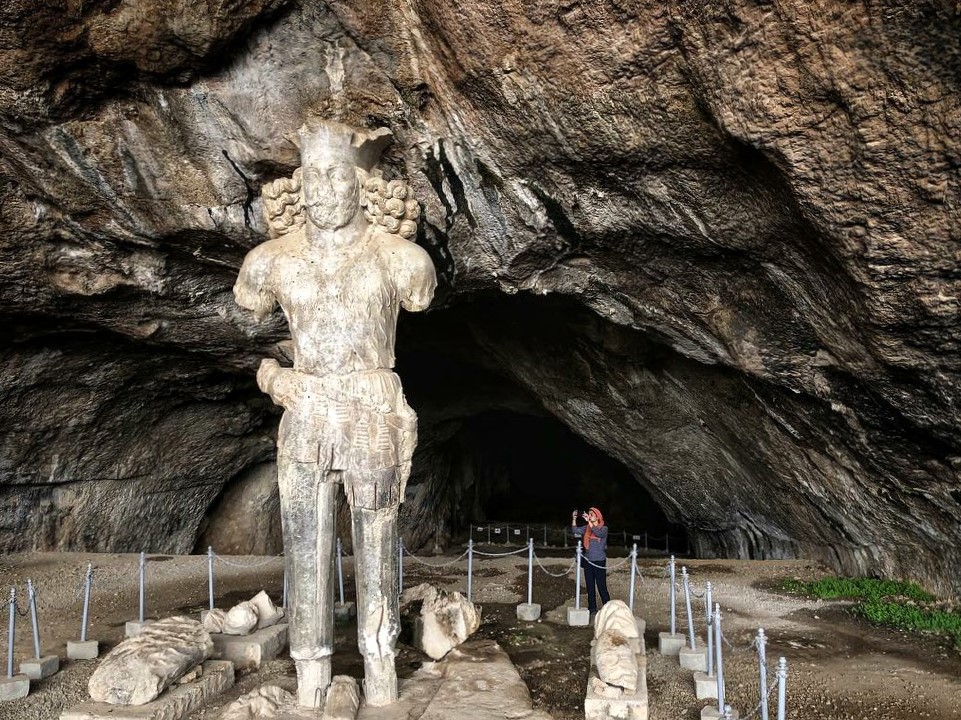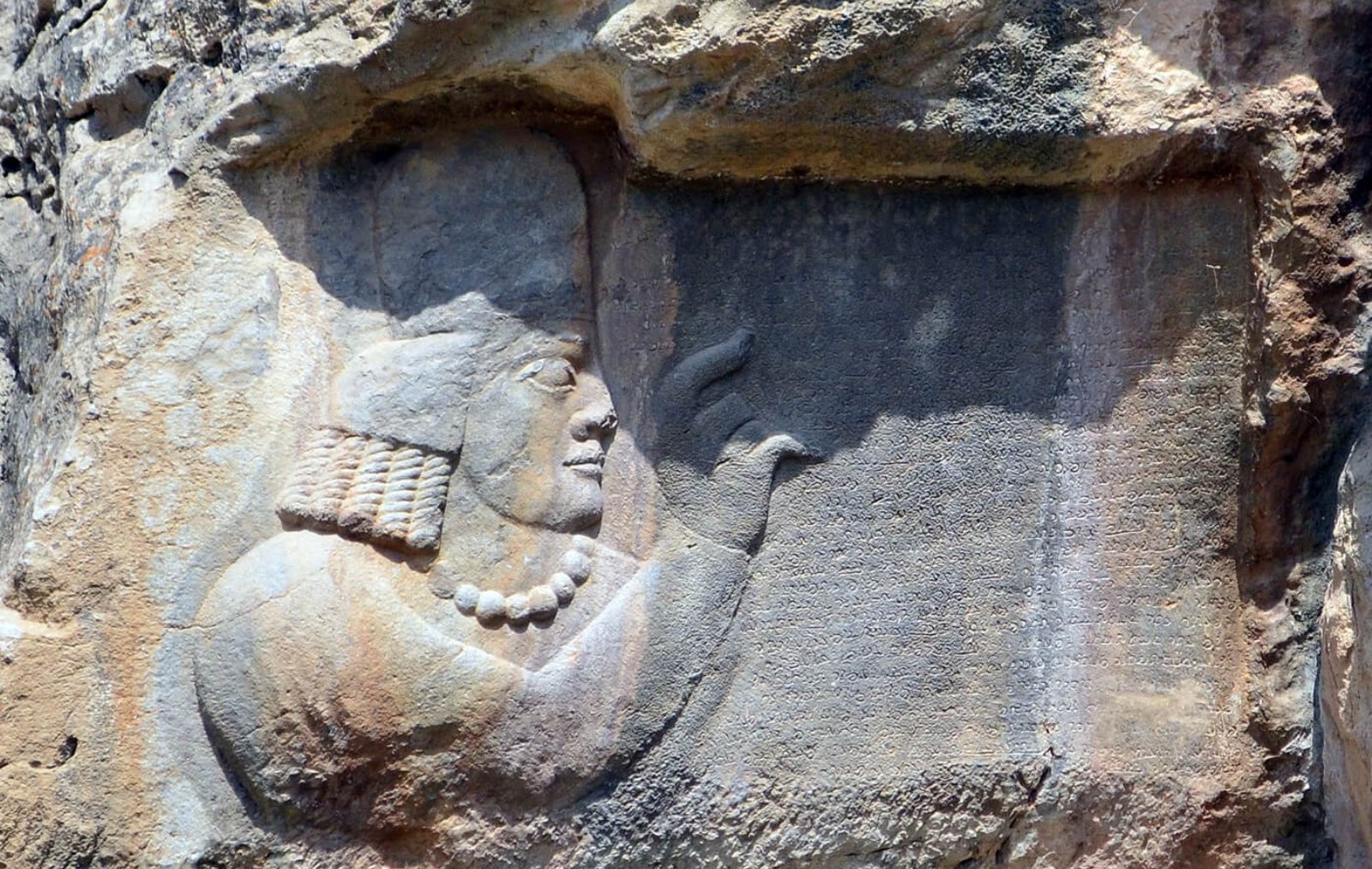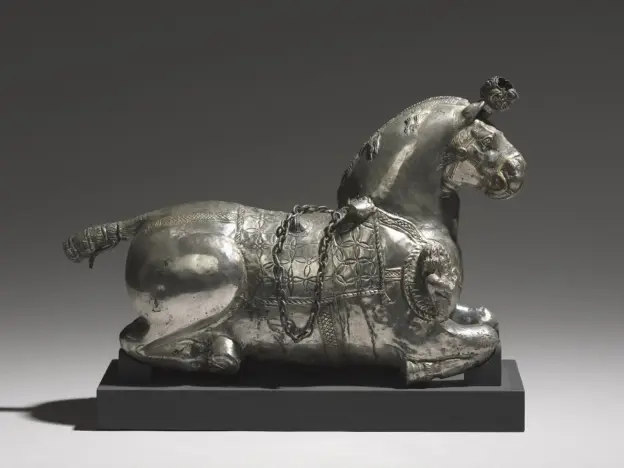The triumphal relief of Shapur I at Naqsh-e Rostam, near Persepolis in modern-day Iran, stands as one of the most vivid and enduring depictions of Sasanian military and political power. Carved into the cliffs of the Zāgros Mountains, this monumental artwork commemorates the Persian emperor’s decisive victory over three Roman emperors, embodying the zenith of the Sasanian Empire’s influence in the 3rd century CE. This article delves into the historical context, artistic features, and symbolic significance of Shapur’s victory relief, shedding light on its importance in both Iranian and world history.
Historical Context: The Rise of Shapur I and Sasanian-Roman Rivalries
The Sasanian Empire, established in 224 CE by Ardashir I, sought to restore the glory of the ancient Achaemenid Empire. Shapur I, the son of Ardashir, inherited this mission and rapidly expanded Sasanian influence. His reign (240–270 CE) was marked by relentless military campaigns against Rome, the most formidable rival of the Sasanians in the West.
Shapur’s most notable achievement was his victory in the Battle of Edessa (260 CE), where he captured the Roman Emperor Valerian, a humiliation unprecedented in Roman history. This triumph, along with earlier victories over Emperor Gordian III and the submission of Emperor Philip the Arab, solidified Shapur’s reputation as one of the most powerful monarchs of antiquity. To immortalize these achievements, Shapur commissioned the grand relief at Naqsh-e Rostam, a sacred site already adorned with Achaemenid royal tombs.

Map of the Sasanian Empire
Description of the Relief
The relief spans approximately 7 meters in width and 3 meters in height, occupying a prominent position on the cliff face at Naqsh-e Rostam. It depicts Shapur I on horseback, towering over a striking scene of submission and triumph.
Key Figures:
Shapur I: The emperor is shown mounted on a richly adorned horse, exuding regal authority. His crown, featuring a globe and korymbos (a ball-shaped ornament), signifies divine kingship.

Shapur Statue in Shapur Cave

Cameo with Valerian and Shapur I
Valerian: The Roman emperor, captured during the Battle of Edessa, is depicted standing submissively, grasped by Shapur’s hand. This gesture symbolizes his status as a prisoner.

A-gold-aureus-coin-depicting-Roman-Emperor-Valerian-r.-253-260-CE
Philip the Arab: Shown kneeling before Shapur, Philip’s posture represents his earlier submission and agreement to pay tribute to the Sasanian Empire.

Aureus-of-Philip
Kartir, the Zoroastrian Priest: Just behind Shapur stands Kartir, a prominent and powerful Zoroastrian priest who held significant influence during the reign of several Sasanian emperors. Kartir’s presence in the relief underscores the close relationship between the monarchy and the Zoroastrian religious establishment. He is shown pointing with his finger toward Shapur, a gesture of profound respect and acknowledgment of the king’s divine authority. Kartir’s prominence in the relief is further emphasized by the addition of his own bas-relief and inscription, carved at a later date beneath his figure. The inscription, written in Middle Persian, highlights Kartir’s pivotal role in consolidating Zoroastrian orthodoxy and his enduring legacy in Sasanian history.


Kerdir, the powerful and influential Zoroastrian priest
* Gordian III: One of the youngest Roman emperors, ascended to the throne at 13 in 238 AD and led a campaign against Shapur I. He was defeated at the Battle of Misiche in 244 AD. Although not depicted in Shapur’s rock relief at Naqsh-e Rustam, Gordian III is a notable figure in early Roman-Persian conflicts.
The Nisean horse breed
The Nisean horse was an esteemed breed from the Nisaean plains in southern Iran, renowned for its remarkable qualities and historical significance. These horses were robust and muscular, featuring a larger head than Arabian horses, and displayed a striking variety of colors, including dark bay, chestnut, and rare shades like black and roan. Highly valued by Persian nobility, the Nisean horse was often associated with kings and gods, symbolizing royal prestige. They were sought after by various cultures, including the Persians and Greeks, for their military prowess. Notable figures like Cyrus the Great and Xerxes prized these horses, which were integral to elite cavalry units. The Nisean horse also influenced other breeds, such as the Lusitano and Andalusian. While often considered extinct, some enthusiasts believe that descendants of the Nisean horse may still exist in Iran today.

Artistic Details
The relief demonstrates a masterful combination of Persian and Hellenistic artistic traditions. The figures are carved in high relief, creating a sense of depth and dynamism. Shapur’s flowing robes and the intricate details of his horse’s harness highlight the craftsmanship of Sasanian artists, while the dramatic juxtaposition of the Roman emperors’ postures underscores their humiliation.
Symbolism and Propaganda
Assertion of Divine Kingship
The relief not only commemorates a military triumph but also reinforces Shapur’s status as a divinely sanctioned ruler. The presence of the korymbos on his crown alludes to his connection with Ahura Mazda, the supreme god in Zoroastrianism. By positioning himself above his Roman adversaries, Shapur proclaims the superiority of the Sasanian monarchy and its divine mandate.
Political Messaging
For the Sasanian audience, the relief served as a potent symbol of national pride and unity against foreign adversaries. For Rome, it was a stark reminder of their vulnerability and the shifting balance of power in the East. The depiction of Valerian’s capture—an event unparalleled in Roman history—was a particularly powerful piece of propaganda, emphasizing Shapur’s dominance.
Legacy and Historical Impact
Influence on Persian Art and Identity
Shapur’s victory relief set a precedent for later Sasanian rulers, who continued the tradition of commemorating their achievements through rock reliefs. The themes of divine kingship and triumph over foreign enemies became enduring motifs in Persian art and iconography.
Relations with Rome
The events depicted in the relief had lasting repercussions for Roman-Persian relations. Valerian’s capture and humiliation weakened Roman morale and prestige, while bolstering the Sasanian position as a formidable power in the ancient world. This rivalry would continue for centuries, shaping the geopolitics of the Near East.
Modern Significance
Today, the relief at Naqsh-e Rostam is recognized as a UNESCO World Heritage site and a testament to the artistic and political achievements of the Sasanian Empire. It continues to inspire admiration for its historical significance and artistic mastery.

Gold-dinar-of-Shapur-I-minted-at-Ctesiphon
Conclusion
Shapur I’s victory relief at Naqsh-e Rostam is more than a depiction of military success; it is a profound statement of cultural and political identity. Through its artistry and symbolism, it encapsulates the grandeur of the Sasanian Empire and its enduring legacy in world history. As scholars and visitors marvel at this ancient masterpiece, it remains a powerful reminder of the complexities and achievements of one of history’s great civilizations.
If you are interested in seeing these breathtaking reliefs that provide us with invaluable firsthand historical insights, contact us at TravelSerai and get ready to experience one of the most unforgettable journeys of your life!


Comment (0)